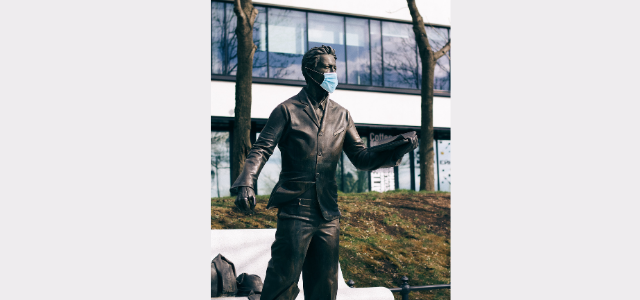
Office Metamorphosis from Physical to Virtual
John Seabrook has written an insightful article, published by the New Yorker, about the paradigm shift from physical offices to remote work and how companies may navigate these unchartered waters in the wake of the pandemic.
The writer poses a thought-provoking set of questions: “What’s an office for? Is it a place for newbies to learn from experienced colleagues? A way for bosses to oversee shirkers? A platform for collaboration? A source of friends and social life? A respite from the family? A reason to leave the house? It turns out that work, which is what the office was supposed to be for, is possible to do from somewhere else”.
In the digital world before the covid shift, the tools that were meant to improve communications in the workplace actually reduced the in person interactions that the open-plan office was supposed to enhance. Now the same tools make it possible to work remotely rather than wasting time online in the office. Surveys cited in the article show that employees actually worked harder from home during lockdown.
Expensive office space in prime markets has become a costly burden. The office has gradually evolved from high-to-low to no workstation panels, culminating in rows of desking systems. That proximity won’t do in the era of the pandemic. Conventional wisdom further evolved during the pandemic, championing the use of antimicrobial materials for high touch locations in the workplace and installation of plexiglass shields and signage promoting social distancing. Finally it became evident that the virus was more likely to spread through HVAC systems than through surface contact and that plexiglass would not slow the spread if the virus is circulating through the ventilation systems.
A VP at Microsoft interviewed by the writer explained that the pandemic is creating a “second digital transformation” by connecting employees’ computers through the cloud wherever they are working. Companies are investing money saved by downsizing physical offices, into cloud-based offices with digital whiteboards and virtual conferencing tools. One of the writer’s ironic conclusions is that the virtual office may eliminate privacy altogether, as every keystroke will be trackable.
Read the full article at:
https://www.newyorker.com/magazine/2021/02/01/has-the-pandemic-transformed-the-office-forever
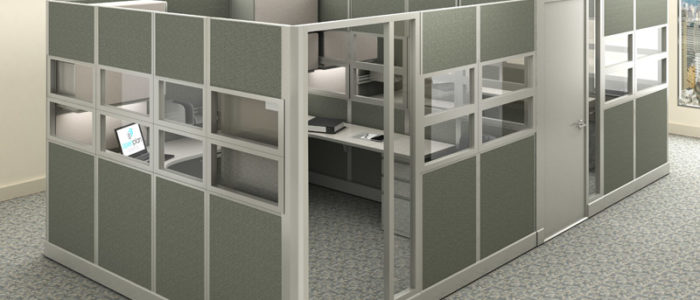
Top Office Furniture Manufacturers Rely On E-Commerce Acquisitions To Stay Relevant Through The Pandemic
The business model for office furniture manufacturers and their contract furniture dealers must evolve as a result of the changing workplace in the wake of the pandemic. Will cubicles with high walls return to the workplace or will the WFH model shift purchasing decisions from facility managers, architects and interior designers to the employees working from home? In the short term, home offices will surely be upgraded to more ergonomic, height-adjustable desks, purchased by employees with reimbursements funded as expenses by their employers. In the long term, we are likely to see a combination of remote workforces operating from home offices, together with downsized office spaces, remodeled with more expensive workstations with high panels and socially distanced layouts, funded as capital equipment expenditures which can be depreciated over time. In the meantime, the manufacturers who had the foresight to acquire established e-commerce channels, will gain a larger share of the market. Rather than considering e-commerce the enemy to the manufacturers’ survival, some companies have bolstered their range through strategic acquisitions such as Kimball International / Poppin.com, Herman Miller / Design Within Reach and Knoll / Fully.com.
Read more about these trends at: https://www.workwhilewalking.com/open-office-layout-covid-19-impact-on-future-design-of-commercial-office-spaces-and-home-office-accommodations
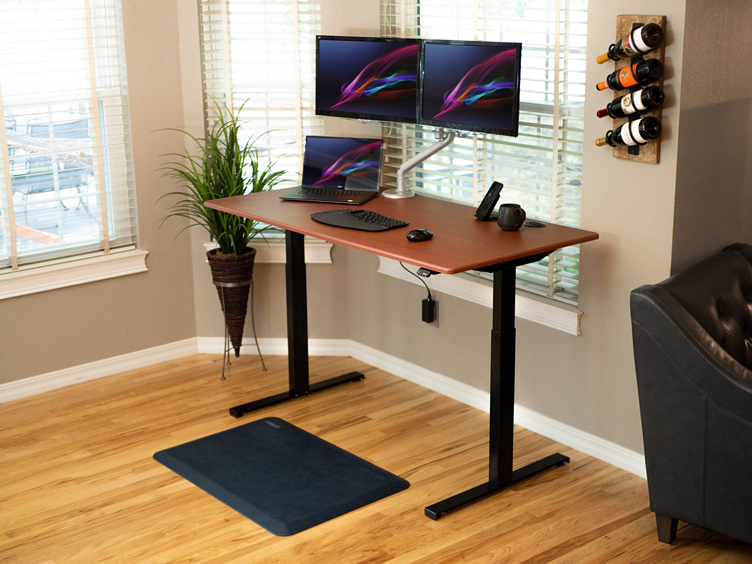
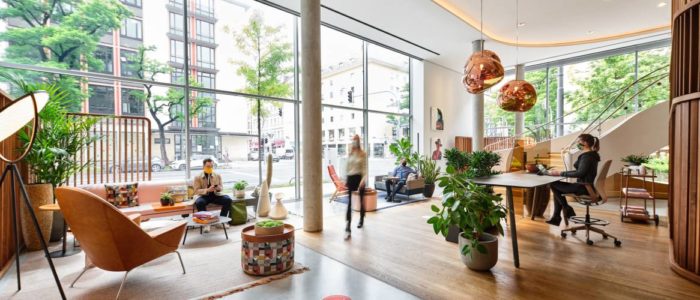
Steelcase Identifies Division, Density And Geometry As Key Elements in Office Reconfiguration
Steelcase has designed their Munich Learning and Innovation Center with screens around and between open plan workstations to create a division between workers facing each other. Density has been reduced by increasing distances between desks and pulling apart seating in collaborative spaces, in order to meet social distancing guidelines. Geometry has been altered by positioning workstations at 90 degree angles to each other.
Learn more about the new design elements Steelcase proposes for a safe return to offices at:
https://www.steelcase.com/eu-en/research/articles/topics/post-covid-workplace/welcome-back/
(Image credit: Steelcase)
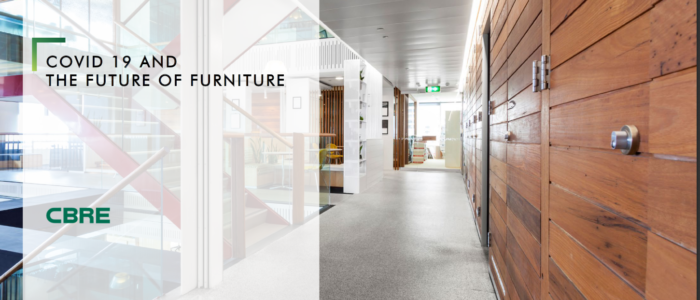
CBRE Publishes Insightful Forecast For The Future Of Office Furniture In The Workplace
CBRE, the largest commercial real estate services company in the world, has published an excellent study of measures required to combat exposure to Covid-19 in the workplace. The study includes detailed graphics explaining how furniture and layouts can be reconfigured in the short, medium and long term.
Read the full report at:
https://irp-cdn.multiscreensite.com/e894f327/files/uploaded/Future%20of%20Furniture%20post%20COVID%2019_CBRE%20Furniture%20Advisory.pdf
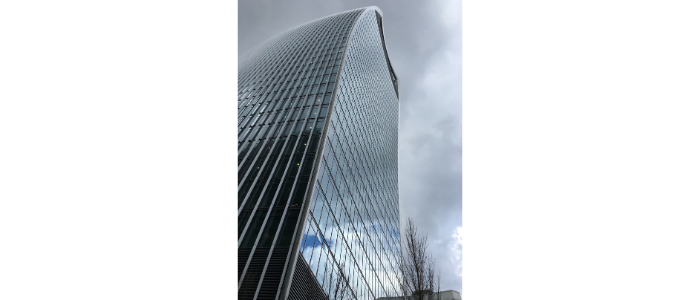
Uncertainty Amid Covid-19 Dampens Demand For Office Space Worldwide
According to property consultant, DeVono Cresa, demand for office space in London dropped by 30% in the first quarter, fueled by virus and Brexit fears. Global financial institutions and serviced office proprietors are leasing less space worldwide in the wake of the pandemic. Although some businesses are cutting costs in the short term by migrating to the serviced office business model, many firms are reconfiguring their existing furniture layout and adding dividers or screens to adhere to social distancing guidelines in the medium term. In the long term, a major redesign of the workplace will be necessary to adapt to a new reality and changing business practices.
Read more about this trend at:
https://workplaceinsight.net/demand-for-london-office-space-plummets-but-will-bounce-back-to-an-extent/





